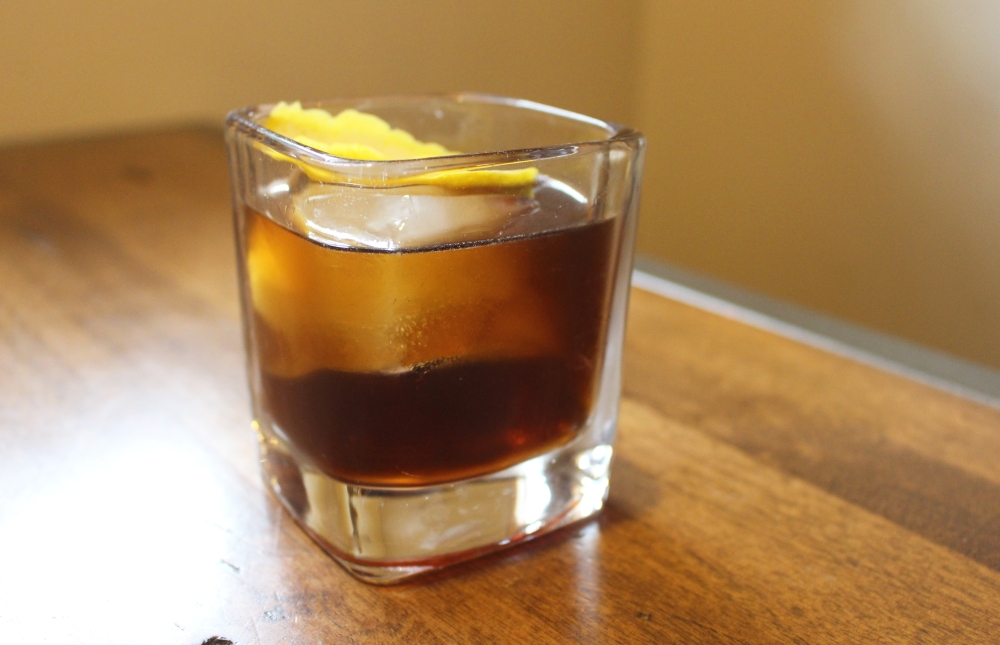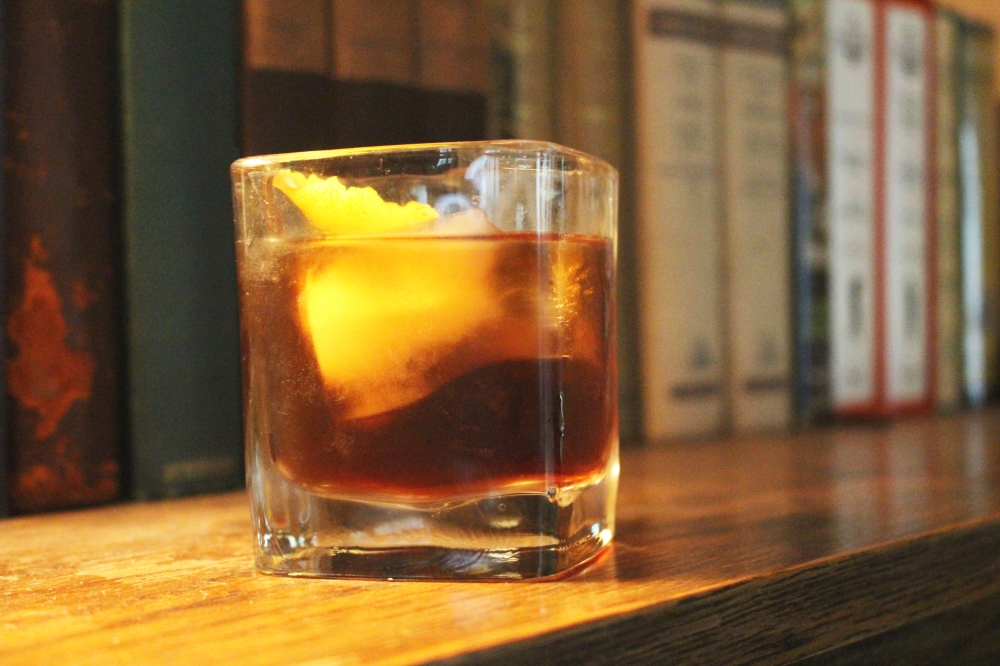
It’s called The Quarterly, and it wants to be your friend.
The essence of connoisseurship is simplicity, and I’m talking about the kind that’s born from respect rather than resignation. Taste is all about knowing how to spot and, then, how to avoid hyperbole. It manifests as a disdain for the overwrought and inauthentic and, sometimes, as a quest for its opposite.
Take the humble Negroni. It’s a cocktail built upon a trifecta of equally measured, and therefore equally memorizable, ingredients. Gin, sweet vermouth, and Campari – that’s it, save for a bit of garnish and some debate about what kind of glass it ought to be served in, what brand of vermouth, etc. It was invented in Italy in the early 1900s (1919, according to most sources) and it was never meant to dazzle but, rather, to do a job and to do it well. Orson Welles, even, was rumored to be a fan, commenting that “The bitters are excellent for your liver, the gin is bad for you. They balance each other.” Indeed, the Negroni is all about balance – between light and dark (gin and dank, basementy-sweet vermouth), between bitter and bright (flavors which appear fused in its orange-derived base liqueur, Campari), between old and new (though Campari had existed since the 1860s, its brand name took flight in the 1920s as the result of being exported to France).
The Negroni holds special significance for me and, I will argue, for NDQ as well because it is the only thing I ever order at The Toasted Frog, a favorite local of ours here in Grand Forks. I order it because I know I can count on The Toasted Frog to do it right and because, when it is done right – which is to say, when it’s not fussed or mucked with or overdone – a Negroni offers layers of intrigue and profundity. The Campari puts the reins on the whole thing, forcing you to drink it slow, and the flavors merge and coalesce to provide the perfect accompaniment to foul weather and cold evenings, which are abundant in North Dakota.
A close cousin of the Negroni is the Boulevardier, and my feelings for this drink might even exceed my feelings for its predecessor. The Boulevardier doesn’t challenge the rules or upsets the trifecta, it merely translates them. The gin in the traditional Negroni gets swapped for bourbon (and it must be bourbon, not rye or some godawful whiskey blend) and the drink’s colors turn subtly autumnal. In place of the Negroni’s blaring orange is a more muted, more sophisticated shade of burgundy.
I drank Boulevardiers on my wedding day, while wearing vintage, ecru lace gloves and occupying a corner booth in a bar in Kingston, New York that had once been a Singer sewing machine factory store. I didn’t know then what I know now – that the Boulevardier was a literary magazine before it was ever a cocktail. The author of both was a man named Erskine Gwynne, an New York socialite (and a Vanderbilt!) who, like so many in the 1920s, expatriated to Paris, which was probably where he first met Campari. Gwynne founded Boulevardier, a literary magazine designed to be “read before and after cocktails,” according to Emma Mannheimer in a recent Imbibe article (fall 2018, p. 22 — damn straight, I’m a subscriber). The cocktail of the same name appeared a few years later in Harry McElhone’s 1927 work Barflies and Cocktails, a touchstone text of the cocktail trade.
The realization that my favorite cocktail was wrapped up in literary allusion brought with it the idea of creating my own spin on the Negroni / Boulevardier in honor of NDQ. I used to work as a bartender and have always enjoyed the project of figuring out what makes a cocktail click. The work itself is a kind of research, but instead of new insights or conclusions, the whole process is bent on guiding you towards a precipitous and fragile point of balance, or of harmony. It’s that elusive sense of balance – balance which could, at any moment, become upset, causing the drink to topple into regrettable realms of too-sweet, too-strong, or too-bitter – that keeps me coming back where Negronis and Boulevardiers are concerned.
And now we’ve arrived at the meat of this whole blogpost, which includes a recipe for said cocktail, along with a bit of explanation and justification.
It’s called The Quarterly, in honor of NDQ, and it takes the holy trifecta passed down from its grandparents and upsets it only slightly, via reduction of one of the three ingredients to a three-quarter-ounce measurement along with the introduction of a quarter-ounce, surprise, fourth ingredient. (Quarter ounce / four ingredients = “quarterly,” get it?). That surprise, fourth ingredient is nocino, an Italian liqueur made from green walnuts which, these days, is actually pretty easy to find. I mean, I live in North Dakota, and I can find it – I’ve also made it, which is another option but requires access to fresh, green walnuts (which, coincidentally, ought to be available right about now in many northern parts of the country, including ND). For the “bitter” portion of the trifecta, I’ve replaced the Campari with Cynar which, once again, hails from Italy and is made from artichokes, of all things. It is extremely bitter – as in, Campari drinkers, even, should beware. And, yes, there are Cynar Negroni recipes floating around out there but, I’m telling you, the nocino really makes the difference here. The two Italian liqueurs duke it out with the traditional Boulevardier lineup of bourbon and sweet vermouth, with great success. And because nocino involves not just walnuts but also vanilla beans and lemon rind, I’ve opted for a lemon peel garnish which, while it feels like a non sequitur, ends up elevating the whole thing just a bit.

Cocktails and books: birds of a feather, &c.
As with Negronis and Boulevardiers, this is best enjoyed on a cool fall or winter evening and, in contrast to both of those other drinks, I think a large ice cube helps to mellow it a bit.
Do give it a try and let me know what you think.
The Quarterly
1 oz. bourbon
1 oz. sweet vermouth
¾ oz. Cynar
¼ oz. nocino
Glass: rocks, with a large ice cube
Garnish: lemon peel
Instructions: Stir, do not shake, all four ingredients in a tall pint glass filled with ice to thoroughly chill the ingredients. Strain into a rocks glass over a large, single ice cube; garnish with lemon peel, squeezing the peel to express the oils in the rind.

[…] A Cocktail Fit for a Quarterly September 5, 2018 […]
LikeLike
[…] announcements this spring! And think of us, up north here in North Dakotaland, while you sip your Quarterly cocktail by a crackling fire, […]
LikeLike